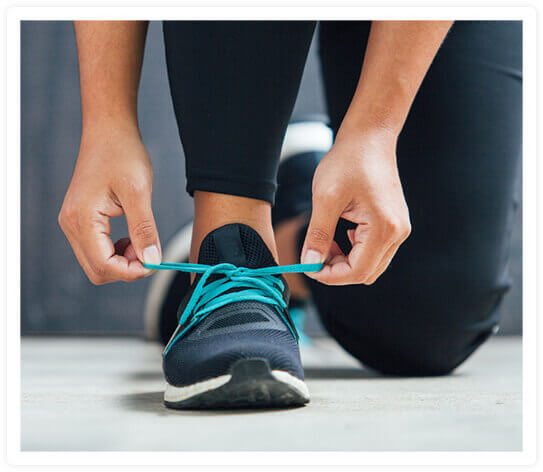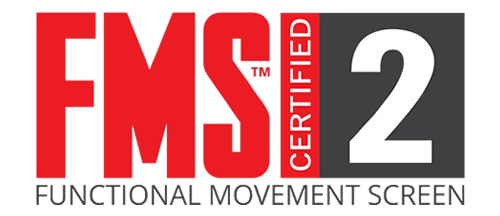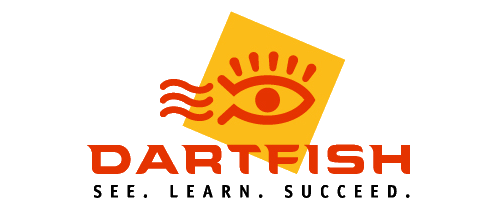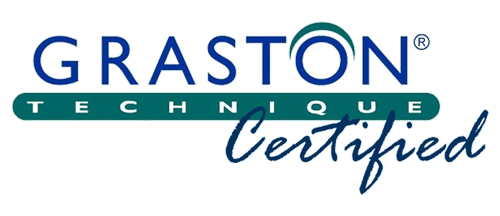Pediatrics - Fractures
Introduction
Bones are the hardest tissues in the body. Although bones are strong, they can split or break under too much pressure or force. A broken bone is called a fracture. Fractures can occur in a variety of ways. The most common causes of fractures are injuries, prolonged stress from overuse, and bone weakening diseases, such as Osteoporosis or tumors.
There are many types of fractures. They can range from a hairline crack to a bone that has broken into several pieces. Simple fractures may only require casting or splinting treatments. More complex fractures may need surgical intervention to align the bones for proper healing.
Anatomy
Your child’s bones are live tissues. They change and grow like the other parts of your child’s body. Most of the bones in your child’s body are composed of the same layered materials.
Causes
Fractures can also be the result of physical violence. Fractures can result from a blow with a fist or kick, or from contact with a solid weapon, such as a bat.
Although the majority of fractures result from motor vehicle crashes and falls, some fractures occur because of diseases. Osteoporosis is a medical condition that causes more bone calcium to be absorbed than is replaced. Calcium is necessary for hard healthy bones. Osteoporosis causes a reduction in bone density and brittle or fragile bones that are vulnerable to fractures. Type I Osteoporosis usually affects women between the ages of 51 and 75. Type I Osteoporosis is associated with spine and wrist fractures. Type II Osteoporosis usually affects people between the ages of 70 and 85. Type II Osteoporosis is associated with hip, pelvis, arm, and leg fractures.
Bone tumors are another disease-related cause of fractures. Most bone tumors originate elsewhere in the body and metastasize or spread to the bone. Very rarely do cancerous tumors begin in the bone. Tumors can weaken bones, making them susceptible to fractures.
Symptoms
The place where your child’s fracture occurs may look odd, bent, or out of place. Sometimes a broken bone may come through the skin. Your child may not be able to move or put weight on his or her limb or joint, or he or she may do so with difficulty.
Diagnosis
Incomplete or Partial Fracture: A crack that does not completely break the bone into two pieces.
Greenstick Fracture: An Incomplete Fracture with a bowed bone, it is more common in children.
Compound or Open Fracture: The bone fragments penetrate the skin.
Simple or Closed Fracture: The bone fragments do not penetrate the skin.
Nondisplaced: The bone is broken but maintains its alignment.
Displaced: The bone is broken and the fragments are out of position.
Segmental: More than one fracture line leads to a "floating" segment.
Angulated: The fragments are out of position and at an angle to each other.
Overriding: The fragments overlap each other.
Impacted: One piece of bone is forced into a second piece of bone.
Transverse: The fracture line is at a right (90°) angle to the shaft of the bone.
Oblique: The fracture line is at a 45° angle to the shaft of the bone.
Spiral: The fracture line has a “corkscrewed,” “curled” or angled pattern.
Surgery
Surgical options include procedures called an Open Reduction and Internal Fixation or an Open Reduction and External Fixation. Open Reduction and Internal Fixation refers to techniques that use surgical hardware to stabilize a fracture beneath the skin. Your surgeon will make an incision and place your child’s bones in the proper position for healing. Your surgeon will secure the bones together with surgical hardware, such as rods, screws, or metal plates.
Open Reduction and External Fixation refers to techniques that use surgical hardware to stabilize a fracture from the outside of the skin. Your surgeon will make an incision and place your child’s bones in the proper position for healing. Your surgeon will secure the bones with surgical pins that are placed through the outside of the skin. The surgical pins are attached to a metal frame on the outside of the skin.
Treatment
A nonunion is a fracture that just will not heal. This is usually determined by time and X-rays, which show that there is no possibility that the fracture will heal without additional intervention.
A malunion is a fracture that has healed in a position outside acceptable parameters. This can include combination of angulation, displacement, malrotation, or length differences.
Malunions and many nonunions require surgery to heal properly. Direct access to the fracture is necessary to straighten the bone, in the case of a malunion, or to remove soft tissues and stimulate blood flow at the site of a nonunion. Bone grafts are typically placed to further enhance healing.
Your child's pain will probably cease before his or her fracture has completely healed. Your doctor will limit your child's activity while his or her bone is healing. An immobilized joint may become stiff and be difficult to move. Because of this, therapy may follow surgery or casting. Therapists will work with your child to regain movement, strength, and flexibility that may have decreased while his or her bone or joint was immobile. The therapists may apply modalities, such as heat or ultrasound, to sooth your child's pain. Your child's therapists can also recommend safety equipment that your child can wear or use during sports, at school, or during activities at home to support and protect his or her bones and joints.
Recovery
Prevention
Prevent falls. A general physical examination can identify medical conditions that are associated with balance disorders or dizziness.
A vision exam can detect vision changes that are associated with falls. Some vision changes can be corrected with glasses.
If your child plays sports, make sure that your child wears the appropriate safety equipment. Safety helmets, pads, and body gear designed for your child’s sport or activity can help protect his or her body.

Copyright © - iHealthSpot Interactive - www.iHealthSpot.com
This information is intended for educational and informational purposes only. It should not be used in place of an individual consultation or examination or replace the advice of your health care professional and should not be relied upon to determine diagnosis or course of treatment.
The iHealthSpot patient education library was written collaboratively by the iHealthSpot editorial team which includes Senior Medical Authors Dr. Mary Car-Blanchard, OTD/OTR/L and Valerie K. Clark, and the following editorial advisors: Steve Meadows, MD, Ernie F. Soto, DDS, Ronald J. Glatzer, MD, Jonathan Rosenberg, MD, Christopher M. Nolte, MD, David Applebaum, MD, Jonathan M. Tarrash, MD, and Paula Soto, RN/BSN. This content complies with the HONcode standard for trustworthy health information. The library commenced development on September 1, 2005 with the latest update/addition on February 16, 2022. For information on iHealthSpot’s other services including medical website design, visit www.iHealthSpot.com.






